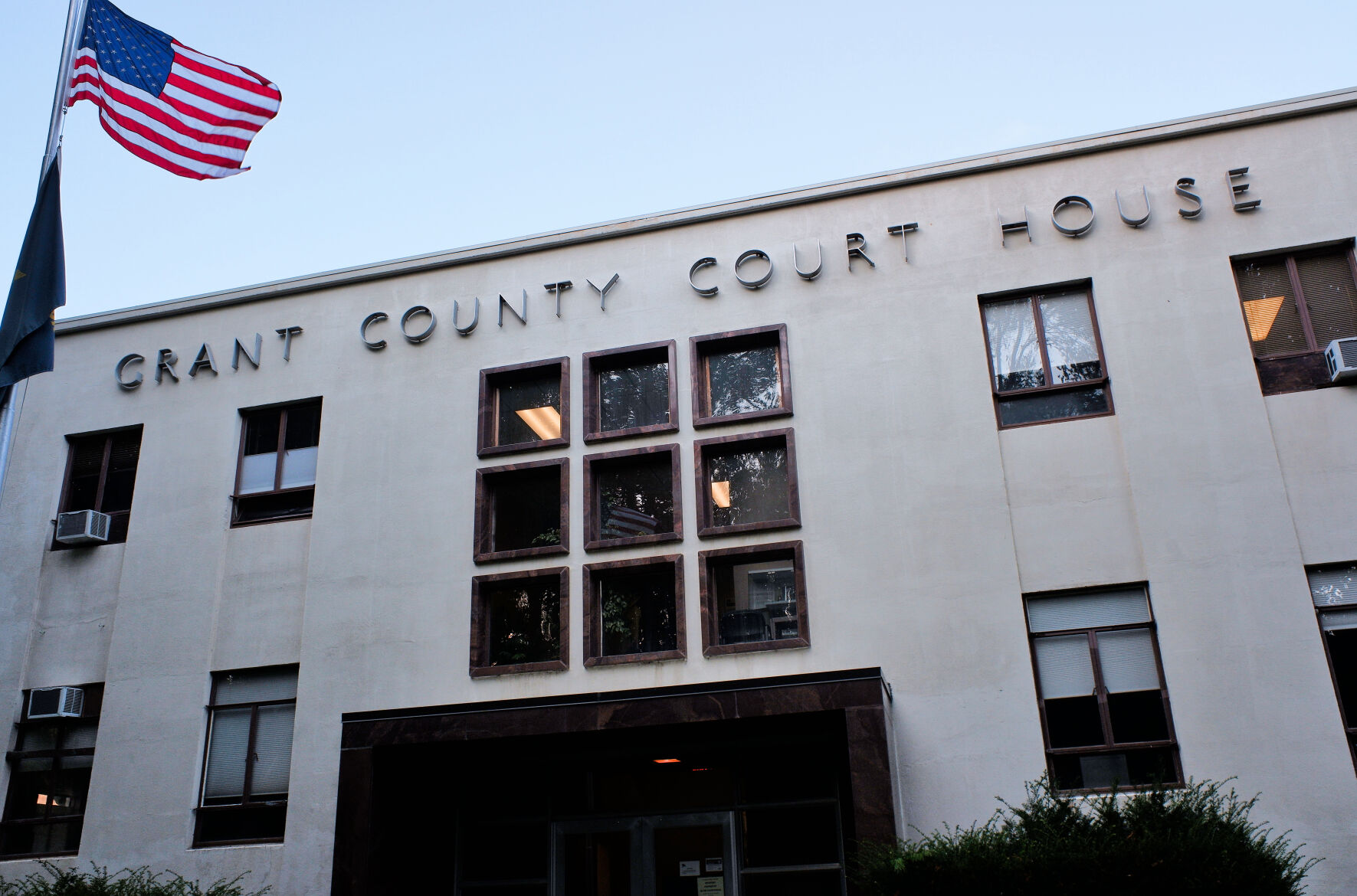Natural Disasters Tarnish Pacific Northwest’s History
Published 5:00 pm Monday, March 24, 2014
![]()
The mudslide in Washington this weekend reminds us of the natural disasters that threaten much of the Northwest.
While the region enjoys a temperate climate, the terrain is ripe for landslides, avalanches, wildfires, earthquakes, flooding, to name a few. Based on the National Weather Service and The Weather Channel here is a list of historic natural disasters in the Pacific Northwest.
The Heppner Flash Flood is considered Oregon’s worst weather disaster in the 20th century, according to NWS. A thunderstorm came in south of the city on June 14, 1903, raining heavily on the Willow Creek watersheds. The city’s makeshift dam burst, sending a wall of water rushing through town that took out dozens of buildings. It’s believed 247 people died.
NWS lists Wellington Avalanche, which killed an estimated 101 people, to be the nation’s most deadly avalanche. A winter storm dumped snow in the Cascades as two trains made their way toward Puget Sound on Feb. 23, 1910. When crews couldn’t keep up with clearing the tracks, the trains remained in the open to wait for the storm to pass. But when a warm front moved in on Feb. 28 and the snow turned into rain, an avalanche was triggered, derailing the trains.
The Great Fire of 1910 came after a very dry year. The Weather Channel documents that there were hundreds, if not thousands of wildfires burning in the West by August. A cold front on August 20 brought high winds, which merged the blazes together, causing the largest wildfire in American history. It burned through Montana, Idaho and Washington and completely destroyed at least seven towns. Some 85 people died.
The Vanport Flood in 1948 happened when the Columbia River’s high water level broke through a dike and flooded a large housing complex on the north edge of Portland. According to NWS, 15 feet of water inundated the city in two hours. Twenty-five people died and about 10,000 homes were destroyed. Vanport was completely washed away and is no longer a city.
The Columbus Day Windstorm or “Big Blow” came through the Northwest as a result of Typhoon Freda in October 1962. A low pressure center moved north and stayed offshore of northern California, western Oregon and western Washington. High winds whipped through all three states from 60 to 179 miles per hour. Some cities lost power for weeks, thousands of homes were ravaged and NWS says 38 people were killed.
Flooding during the holiday season 1964 to 1965 affected Central and Western Oregon. The town of Valsetz in the Central Oregon Coast Range received nearly 23 inches of rain. Many observation stations recorded new records for 24-hour totals and December monthly rainfall totals. Many homes were destroyed and 17 people died as a result.
Many remember the eruption of Mount St. Helens in 1980, which is “by far the deadliest and costliest volcanic event in U.S. history,” the Weather Channel says. Leading up to the eruption, there were thousands of small earthquakes in the area. On May 18, a 5.1 magnitude earthquake shook the volcano, causing the largest debris avalanche recorded worldwide. About 1,300 feet was taken off the summit of the mountain as the volcano erupted ash and gas 15 miles into the atmosphere. Hundreds of homes were lost, 185 miles of highway were damaged and 57 people died.
Here is a map of where these natural disasters occurred in the region, including the recent mudslide in Washington:
This story originally appeared on Oregon Public Broadcasting.









